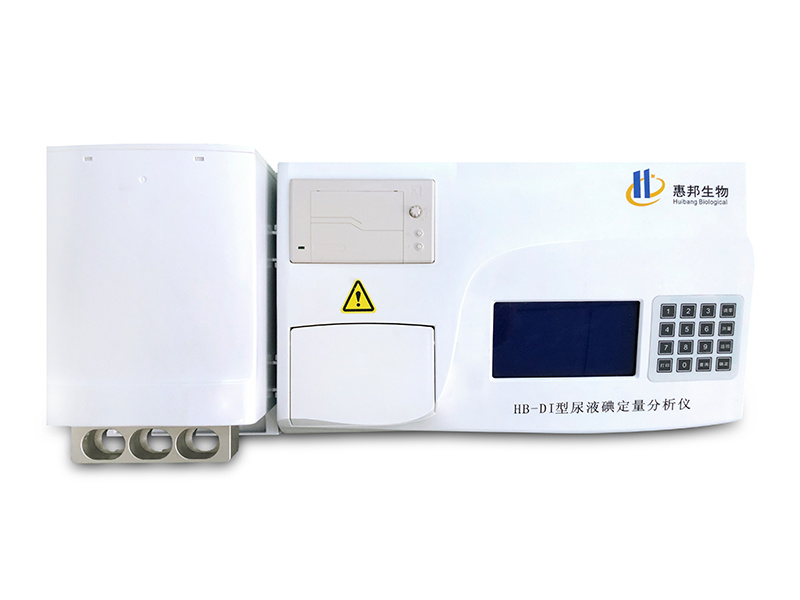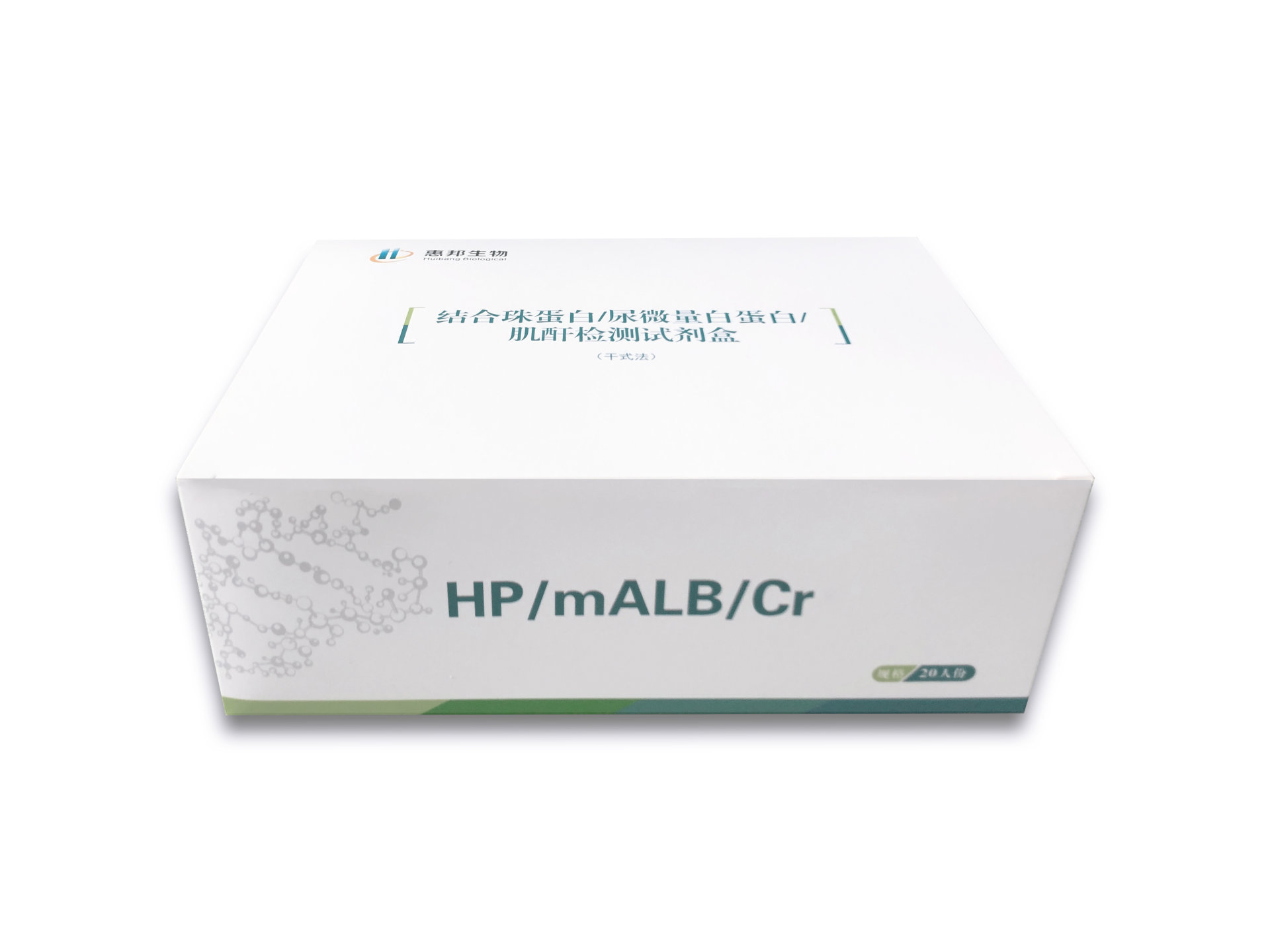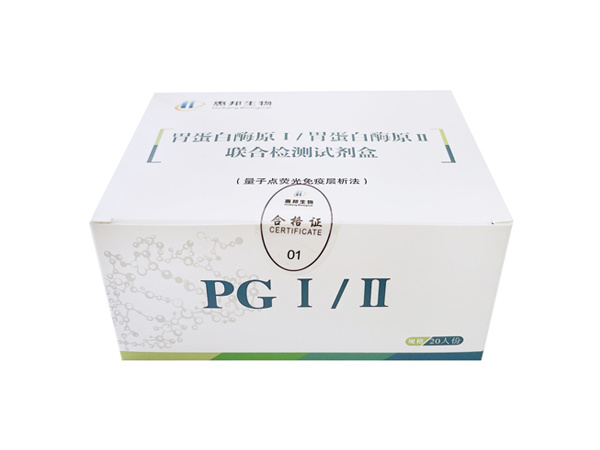Urine iodine detection system
Classification:
Featured Items
Key words:
Tel:
Product Details
|
Product status |
Domestic leading, invention patent(ZL 2016 1 1262242.3) |
|
Product status |
Urine iodine detection kit (oxidative chromogenic method) and urine iodine quantitative analyzer obtained the "Registration Certificate of Medical Devices of the People's Republic of China (In vitro Diagnostic Reagents)" approved by Anhui Food and Drug Administration in July 2016 ( Registration certificate number: Anhui Machinery Zhuzhun 20162400209) and "Medical Device Registration Certificate of the People's Republic of China" (registration certificate number: Wanji Zhuzhun 20162400208), which have been sold to the market. The second-generation fully automatic machine is under development and will be launched by the end of 2023. |
|
Product value |
In vitro quantitative detection of iodine content in human urine is used to evaluate the iodine nutritional status of the population, which belongs to the intelligence element. |
|
Product Category |
Urine testing, Class II products |
|
Market demand |
Pregnant women, children, endocrine, physical examination center |
|
Market capacity |
At present, the prevalence of thyroid nodules in the country is nearly 50%. On February 19, 2017, the Health and Family Planning Commission issued a document requiring more than two-thirds of county-level units across the country to carry out urine iodine testing and monitoring. Our company expects that the medical examination group will include urinary iodine in the medical examination package in the future. The country continues to introduce iodized salt and non-iodized salt to the common people, and May 15th is the National Iodine Deficiency Day every year. |
|
Core Technology |
Oxidative color technology, fully automatic random urine detection |
|
Competition situation |
There are currently two representative manufacturers in the market: 1. Wuhan Zhongsheng, the company is mainly used in the Center for Disease Control and Prevention for the prevention and control of endemic diseases. It monitors the water quality, soil, and people's iodine environment. It is suitable for physical examination and cannot be randomized. Because the product contains highly toxic substances such as arsenic and cerium, it is not suitable for clinical use. use. |
|
Competitive Advantage |
1. Huibang products do not contain highly toxic and polluting substances such as arsenic trioxide (arsenic); 2. 60-90 specimens can be made per hour; 3. It can be operated randomly, suitable for outpatient and physical examination. |
1. Basic overview of iodine
1. Introduction of iodine
Iodine is one of the essential trace elements for the human body. It is mainly distributed in seawater. Its chemical properties are very active and easy to sublime. It is mainly involved in the synthesis of thyroid hormones and is known as the "intellectual element".
Iodine is used in table salt and in medicines. In addition, iodine is generally used in radioactive iodine therapy. From this point of view, iodine is closely related to human health.
2. Status of iodine
In addition to Shanghai, Guangdong, Hainan and other coastal cities in my country, the rest of the provinces, municipalities, autonomous regions, and municipalities directly under the central government all have varying degrees of deficiency. At present, there are still 7 million endemic severe thyroid patients and 190,000 cretin patients in my country, and those under the age of 14 There are 5.39 million children with intellectual disabilities. There are 10.17 million mentally handicapped people, more than 80% of which are caused by iodine deficiency. If preventive measures are not taken, a considerable number of mentally handicapped children will be born every year.
2. Lodine intake status
1. Lodine intake and excretion in human body
— Human iodine comes from food, drinking water, and air.
— Kidney is the main excretion organ of iodine. Under normal circumstances, 80-90% of iodine excretion is excreted through urine. In addition to the kidneys, the human body excretes it through sweat, milk secretion and other channels.
2. Lodine supply and demand
— Different groups of people have different requirements for iodine. The latest recommended daily iodine supply by the World Health Organization is as follows:
— Preschool children 0-5 years old 90 micrograms/day 6-12 school-age children 120 micrograms/day Adults over 12 years old 150 micrograms/day Pregnant and lactating women 200 micrograms/day
— The state stipulates that 20 micrograms of iodine should be added to every gram of table salt.
3. The hazards of iodine deficiency and excess
1. Clinical significance of iodine intake detection
The hazards of iodine deficiency and excess in pregnant women
It is easy to cause stillbirth, spontaneous abortion, premature birth, congenital deformity, congenital deafness, etc., and serious cases can lead to endemic cretinism, and even the born children are stupid, stupid, short, paralyzed and have special ugly faces.
Harm of iodine deficiency and excess in infants (0-3 years old) and children
— Delayed brain development, mental retardation, poor physical development, high mortality, goiter, hypothyroidism, and subclinical cretinism may occur.
Clinical Significance of Iodine Intake Detection
The hazards of iodine deficiency and excess in adolescents and adults
— It can lead to hyperthyroidism (tachycardia, sudden death), hypothyroidism, thyroid nodules, thyroiditis, thyroid tumors, thyroid cancer, thyroid and its complications and other related diseases.
2. Necessity and importance of iodine detection
— There are two critical periods for human brain development; the first is the 10-18th week of pregnancy called the intrauterine period, this period is the period of neuroblast proliferation, development, secretion, migration, and formation of brain tissue, which requires more iodine To synthesize sufficient thyroid hormones for brain development.
— The second is the fetal period and infant period. If iodine deficiency during this period, it will cause insufficient secretion of thyroid hormone and lead to mental retardation.
The necessity and importance of iodine detection
— Iodine is an important element necessary for the development of the human brain and participates in the synthesis of thyroid hormones. 80% of the iodine in the human body mainly exists in the thyroid gland, which can control metabolism, and the thyroid gland is affected by iodine.
— Thyroid hormone promotes growth and development most obviously in infants and young children, mainly promoting the growth and development of bones, brain, and reproductive organs. At the same time, growth and development of infants and young children are closely related to growth hormone, and growth hormone is directly related to thyroid hormone. If Abnormal secretion of thyroid hormone can cause mental retardation, stop bone growth and short stature.
— Therefore, pregnant women and children can scientifically guide the body to supplement iodine through regular urine iodine testing, so as not to affect the normal development of physique and intelligence.
3. The hazards of iodine deficiency in infants and young children
— The main hazard of iodine deficiency is to affect intellectual development and growth.
— Children with mild iodine deficiency have relatively mild intellectual impairment, and their IQs are generally between 50 and 69. After entering school, intellectual problems gradually manifested, such as inattention, failing in exams, etc.; children with severe iodine deficiency have serious intellectual impairment, IQ below 50, unable to take care of themselves, and need help from others for food, clothing, housing and transportation, and cannot go to school. and short lifespan etc.
4. The impact of excessive iodine deficiency on pregnant women
— The National Health and Family Planning Commission reminded that the child’s brain development begins from the mother’s pregnancy. Prenatal period and infancy period (0-3 years old) are critical periods for children's brain development. If the child is deficient in iodine during the fetal period and infancy, it will affect the normal development of the brain, and seriously cause cretinism, deafness and so on.
Insufficient intake of iodine leads to low intelligence and physical fitness, and excessive intake can also cause a significant increase in thyroid diseases, the most common being iodine-induced goiter and hyperthyroidism caused by iodine. Urinary iodine level is an important indicator widely used at home and abroad to evaluate the iodine intake status of the population. Urinary iodine detection can be used to guide the human body to supplement iodine scientifically.
4. Prevention of iodine deficiency disorders
National Iodine Deficiency Disorder Prevention Day
May 5: 1994-1999
May 15: 2000-
The National Health Commission said
Iodine deficiency disorders can be prevented. The most convenient, safe and effective way to prevent them is to eat iodized salt. The state stipulates that 20 micrograms of iodine should be added to each gram of table salt.
How to judge iodine health status:
Check the amount of iodine in the blood
Test the amount of iodine in the urine (90% is excreted in urine)
Identify subtle symptoms
…
5. Urinary iodine detection system
The instrument consists of two parts: a urine iodine quantitative analyzer and an extruder. The principle of colorimetry is used to calculate the corresponding detection concentration according to the degree of absorption of the excitation light. The urine iodine detection kit produced by the company is used for human urine. Determination of iodine content in liquid.


Main application: for in vitro quantitative detection of iodine content in human urine, and evaluation of iodine nutritional status
Scope of application: suitable for hospitals, related medical institutions, laboratories and other departments.
Recommended Products
Online consultation





